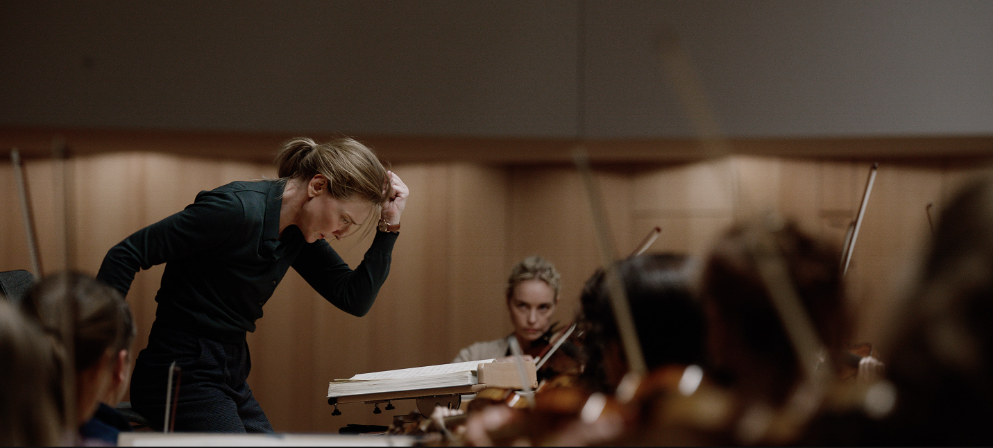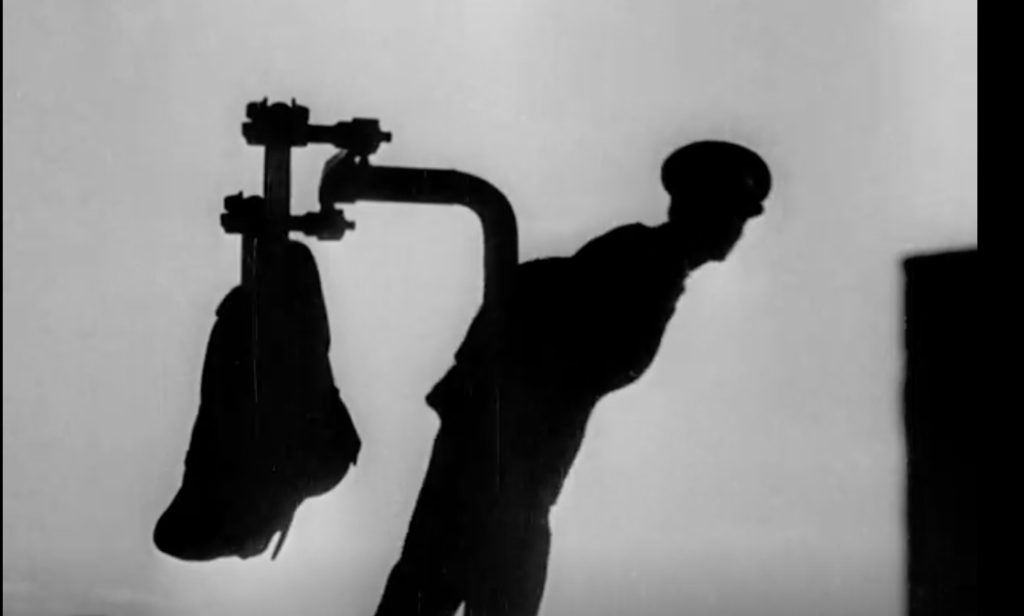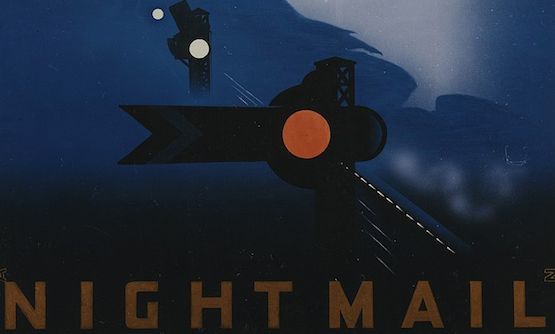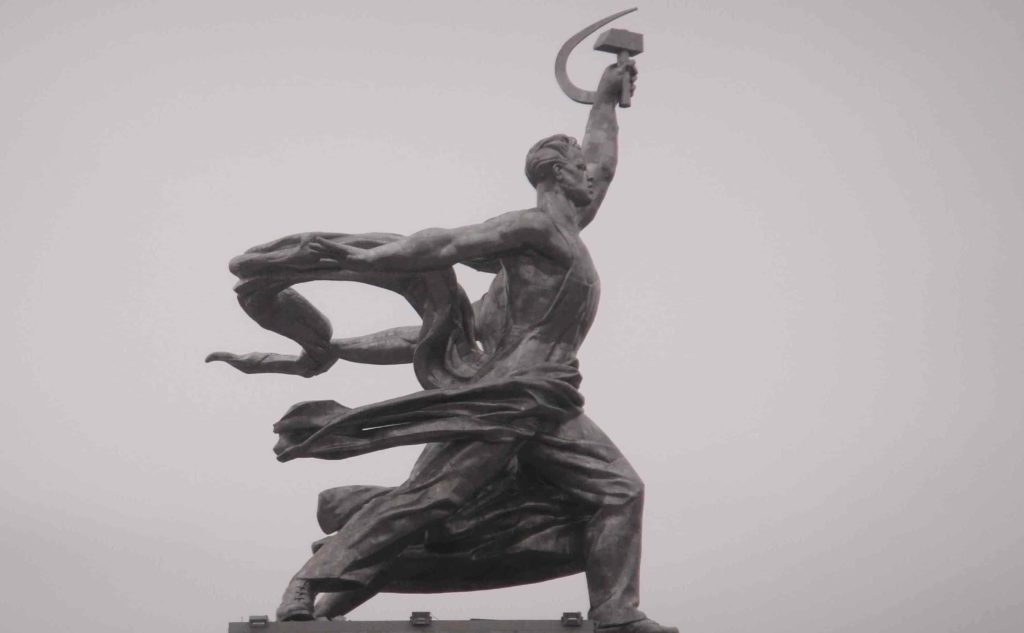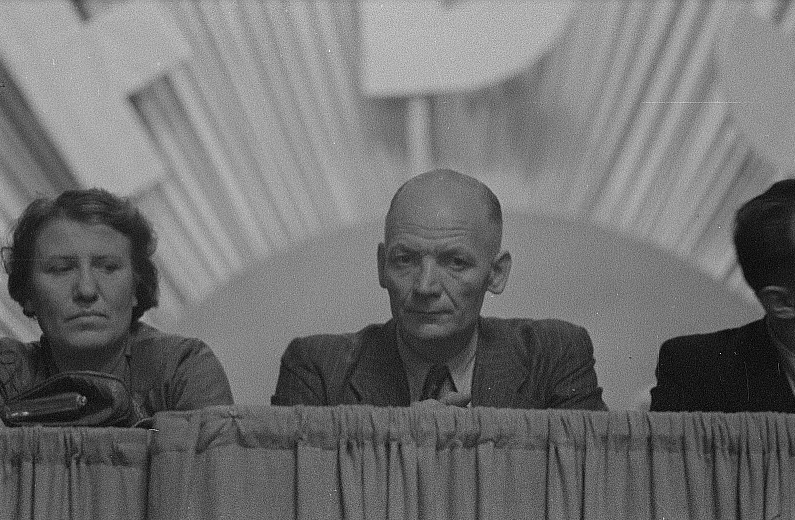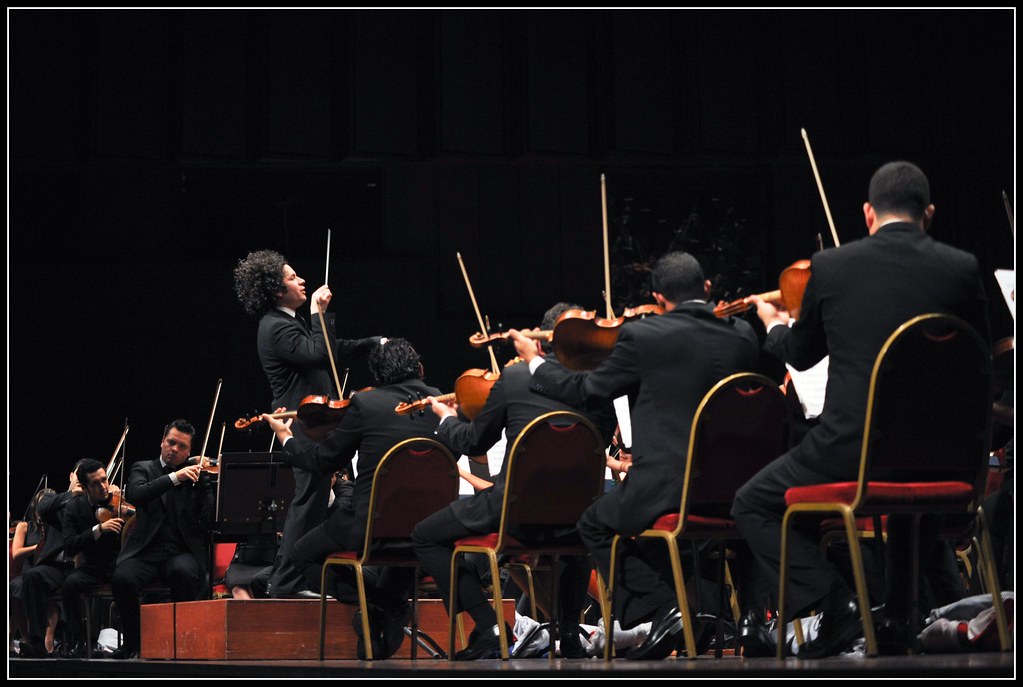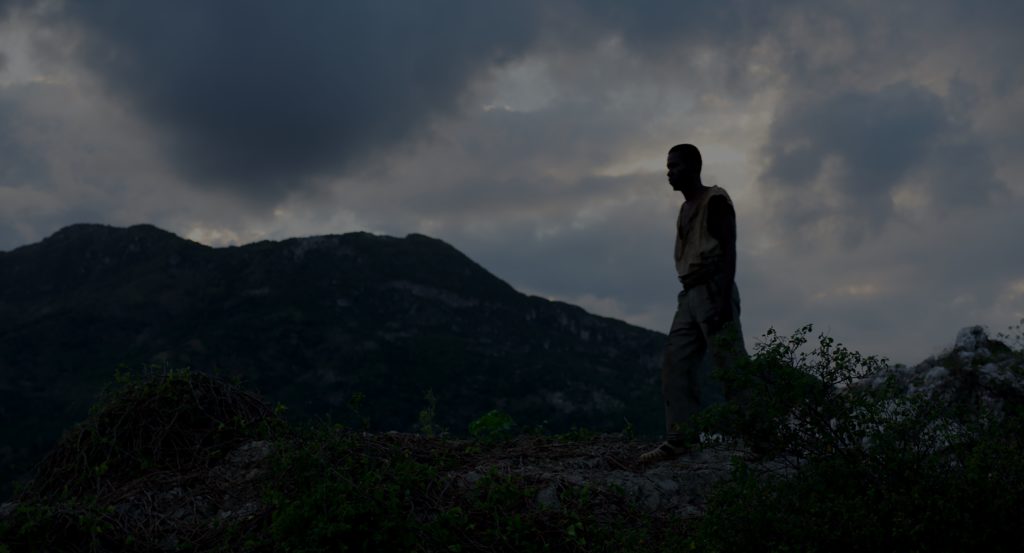Author archives: Konrad Wakolbinger
The Men of God’s Wonderful Railway
From the hard work in the engineering industry to the comfort of a consumer driven world – a comparison of two contrasting television reports shows this economic shift - in a nutshell.
The De-Subjectivating Power of Cinematic Images, or Becoming-Class at the Movies
The work of art is to dominate the spectator: the spectator is not to dominate the work of art. The spectator is to be receptive. He is to be the violin on which the master is to play. (Oscar Wilde, The Soul of Man Under Socialism)
Night Mail — The focus on work
"Night Mail" (1936) was commissioned as an image publicity film by the British General Post Office and went down in film history as a ground-breaking documentary. Directors Harry Watt and Basil Wright succeed in creating an ode to workers and modern technology by enriching their naturalistic style within the film with poetic elements and always keeping the human aspect in mind.
Night Mail — The Poetic Gaze
When the eminent film scholar Amos Vogel was forced to flee Vienna to the United States in 1938, the 17-year-old had already made the decision to devote his life to film. One experience that would define his future was a screening of "Night Mail" (1936) and this film still doesn’t fail to impress today.
THE WALKING MAN
Work ennobles. Work makes life sweeter. Sayings like these apodictically inscribe the principle of work into people's consciousness as the right and good thing to do. When American TV show us an example of this ideal, it is to double-down on the proliferation of the message of ‘a hero of labour’ : James Roberston – the walking man.
Fitness to work?
Under the topos ‘health’, a comprehensive optimization and enhancement logic is implanted into people. Fitness is one of several influencing factors in establishing innovative, exceptional and performative entrepreneur of oneself.
Adolf Hennecke — Hero of the Battle of Production
Where labour and the heroic merge: the glorification of labour in real socialism.
Efficiency kills
US economist William J. Baumol found out why the efficiency principle is killing the service sector - and ultimately contributing to the COVID-19 mortality rate.
Forced labour even after death
A capitalism-critical reading of the zombie film on the occasion of the release of Zombi Child (2019) by Bertrand Bonello.



